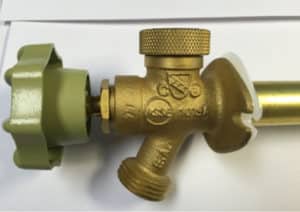An Important Community-Wide Safety Project

The implementation of Cross-Connection Control Programs by Public Water Systems for water service connections is required by the Minnesota Plumbing Code Section 603.0.
This web page serves to assist Buffalo Water Customers with their participation in this important safety program. The city has selected HydroCorp to assist with Coordination, Site Visits, and Data/Compliance Management of their Commercial Cross-Connection Control Program.















